Comparative Religion
₹495.00
In stock
Too Good to Resist Sale is Live BUY AND SAVE NOW
It provides a study of the prevailing religions of the world. By ‘prevailing’, it means ‘living’
and ‘living religions’, we mean such religions which are still observed and followed by a considerable number of people. Such religions include Hinduism, Buddhism, Jainism, Zoroastrianism,
Judaism, Christianity, Islam, and Sikhism. Some may have doubts in accepting Zoroastrianism as a living religion and their doubts may not be taken as totally unfounded. For, hardly a few people, and those also mostly in a corner of India, observe this religion at present. But still there is justification for taking this religion as living, at least, on the following two grounds „ (1) It is still being observed as a religion by some people, howsoever small their number may be, and (2) As a religion it exhibits certain such important features which are worth considering and which
have exerted considerable influence upon some of the great living religions like Judaism, Christianity and Islam. Towards the end (in the Appendix), the author has also included for our
brief study of some of the ancient Asian religions like Taoism, Confucianism etc. These religions
cannot, of course, be regarded as living religions, but still, in our opinion, they merit at least some of our attention due to the respect and regard they once commanded and the indelible impression they have left upon the minds of the people of the countries in which they once flourished.
The subject of Comparative Religion as a scientific study of the various features of the different religions of the world in a comparative perspective is relatively a late development. It is hardly for a hundred years or so that the name Comparative Religion has gained currency and studies in this direction have been taken up in right earnest. Such a study requires an impartial, neutral and tolerant outlook and if at all there is any leaning or sympathy for any religion, it must be for religions other than one is own.
Here the whole question regarding the methodology of a comparative study of religions may come up. We may see that at least two things seem necessary (though not sufficient) for collecting relevant materials which will make our study faithful and authentic: (1) A thorough study of the basic text or texts, along with the related works, belonging to a particular religion, and (2) An extensive dialogue with the followers of a particular religion along with a personal survey, both intensive and extensive, of the various religious practices carried on by them. The first one is easy to carry out. Perhaps most of the writers on comparative religion adopt this way. But adopting the second one in a serious and sincere spirit is not an easy task and therefore very few or hardly any adopt this method for studying religions.
The aim of a study like this is partly to acquaint readers with the main aspects and features of the living religions of the world and partly to suggest the points of agreement and difference among the different religions.
Review(s)
About the Author(s)
Born on 26th January, 1936, the author did his M.A. in 1959 and Ph. D. in 1967. He has a brilliant academic career. He was awarded gold medals at both the Bachelor Honours and Postgraduate levels. He has published eight books and a number of research papers in philosophical journals during his teaching career. He has also lectured at several Indian Universities such as Allahabad, Sagar, Delhi, Guwahati, etc. He retired on 31st January, 1996 as University Professor and Head of the Department of Philosophy, and Dean of the faculty of Humanities, T.M. Bhagalpur University, Bhagalpur. He has been Visiting Fellow at R.D. University, Jabalpur and Visiting Professor at Manipur University, Imphal.
Additional information
| Weight | 0.5 kg |
|---|---|
| Dimensions | 10 × 11 × 12 cm |
| Book Author | Kedar Nath Tiwari |
You must be logged in to post a review.

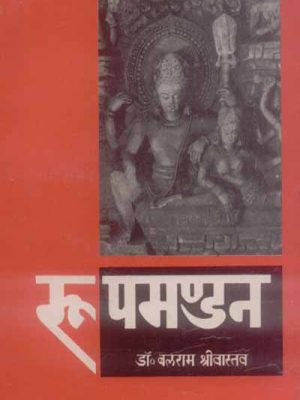
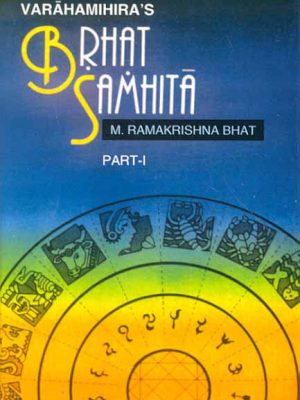

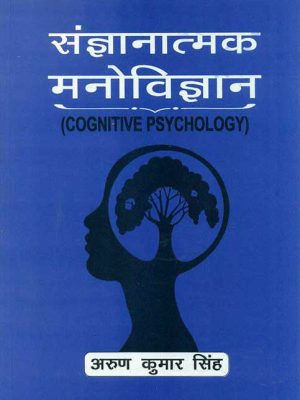
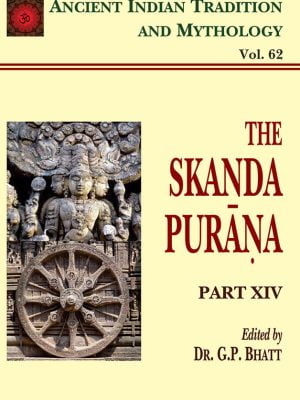
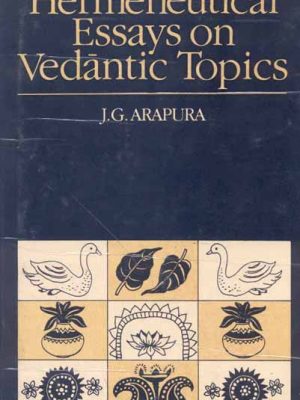



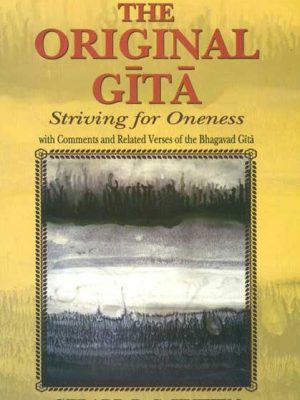


Reviews
There are no reviews yet.